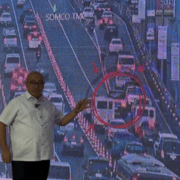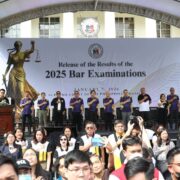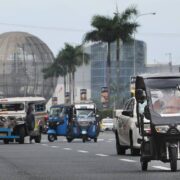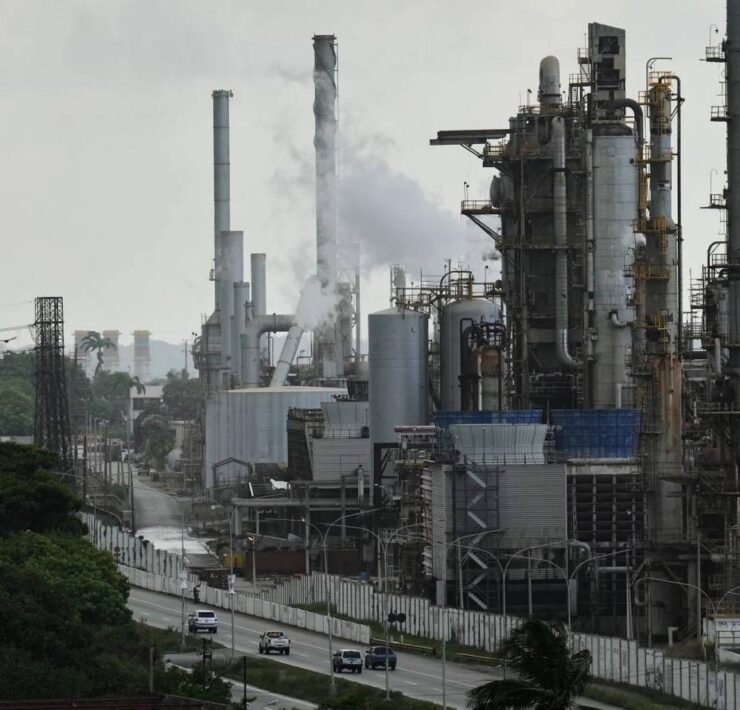Baguio eyes waste treatment plant below dump-turned-park
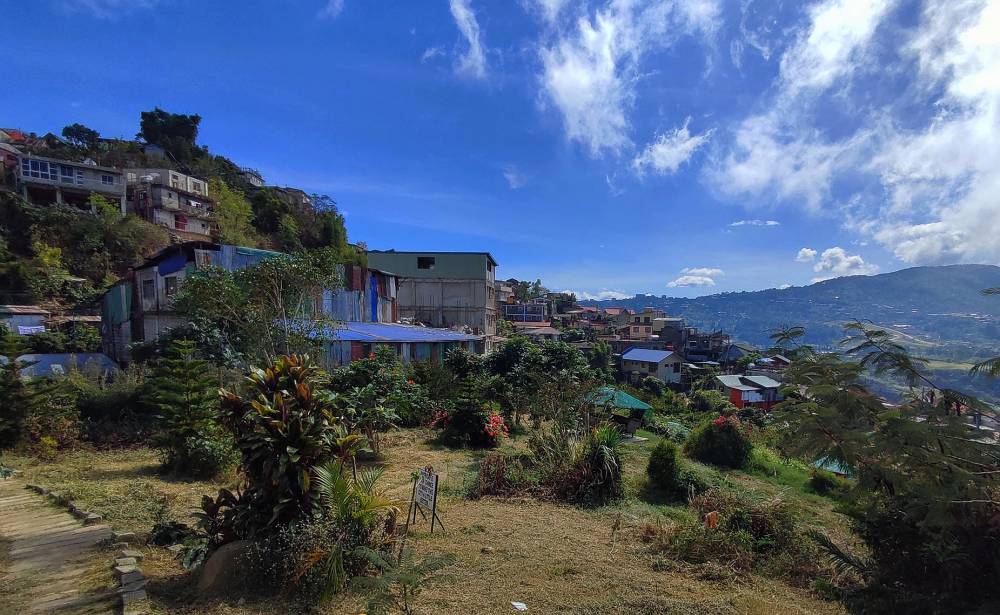
BAGUIO CITY—Although it has been turned into an ecological park, Baguio’s former open garbage dump in Barangay Irisan continues to haunt the summer capital.
The local government is planning to put up a P35-million wastewater treatment facility beneath Irisan Ecological Park, which used to be a 176,600-ton mountain of trash that made up what used to be the city dump, city administrator Bonifacio dela Peña informed the city council on Monday.
The dump, which was opened in the 1970s, was closed in 2009 after residents of Barangay Irisan barricaded its gates, convinced that the garbage heap had become unstable due to the sheer weight of trash dumped there daily for more than 30 years.
As the residents feared, the crown of the trash mountain toppled on Aug. 11, 2011 during a storm, killing five people and burying a whole neighborhood of Asin Road in 1,500 tons of trash.
The road traverses the boundary between Baguio and Benguet province’s Tuba town, and is popular because of the woodcarvers living there, as well as a museum built by National Artist Ben Cabrera.Beginning in 2019, the dump was slowly transformed into Irisan Ecological Park, with a view of Mt. Santo Tomas that could make it a future travel spot, Dela Peña said.
But he cited concerns raised by experts that the coming monsoon rains, which would follow the extreme El Niño dry spell now affecting the country, would unleash the former dump’s long-gestating leachate (contaminated water) into the waterways flowing down to Tuba.
Stink
“People have been complaining about the stink emanating again from the (former dump),” he said.
Dela Peña, a geodetic engineer, said he and the City Engineer’s Office (CEO), aided by private consultants, have been tasked to draw up a leachate filtering system using a type of advanced oxidation process or a water treatment procedure that breaks down contaminant matter using ozone, UV light rays and hydrogen peroxide.
The four-chamber system would be installed at the foot of the ecological park, and would treat 50 cubic meters of leachate per day before freshly cleaned water is discharged to the waterways, said engineer Richard Lardizabal, who represented the CEO at the city council’s session.
But Councilor Peter Fianza, a former city administrator, asked Dela Peña to first test samples from the ecopark to establish the ground conditions of the former dump.
Fianza, said that without those tests, Baguio could be exposed to another environmental lawsuit because the leachate filters were being introduced 13 years after the tragedy and the dump’s rehabilitation.
Dela Peña had previously been tasked by the city government to design the reinforcement wall that kept the trash mountain stable. Drainage pipes have been installed for both the leachate and the methane gas that are formed from trash.
But experts would need to wait for the rains to establish how much leachate is produced by the old dump.
Rainwater
“What really transmits the leachate [out of the old dumpsite) is saturated rainwater. It’s the garbage that you dumped which definitely produces leachate formation over time. But it won’t happen without [runoff] water,” he said.
“We already quantified that what was dumped there was trash from Baguio and what it produces is leachate,” Dela Peña said.
Councilor Jose Molintas, also a lawyer, urged Dela Peña to coordinate with the Court of Appeals (CA), which oversaw the 2012 writ of kalikasan issued by the Supreme Court against Baguio because of the trash slide. Baguio heeded a consent decree approved by the CA, which required it to turn the dumpsite into a park by December 2019.
Fianza urged the city government to vet the technology Baguio would use to treat leachate there because of the government’s poor experience with a Japanese environmental recycling system (ERS) involving two machines that turn organic waste into powder, noting that the machines became “white elephants” because the units broke down and were expelling sludge.
But Eugene Buyuccan, the city general services officer, said the machines have been decommissioned and were sold.
Dela Peña assured the council members that the city government will collaborate with the Department of Environment and Natural Resources regarding the leachate project. INQ







